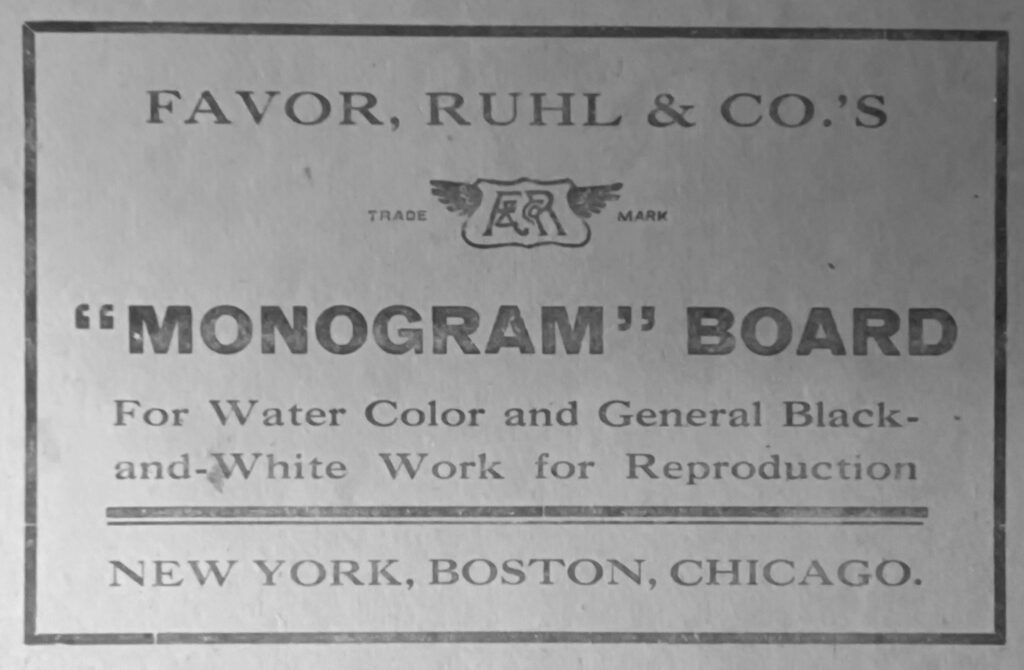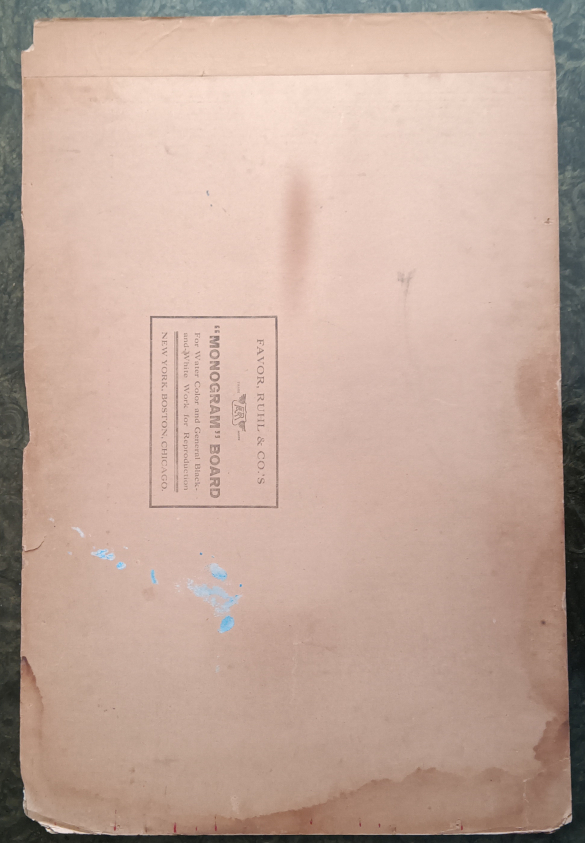Morée Didn't Follow Dada. It Predicted It.
SIX CODED GESTURES, ONE ORIGIN
Every tab below opens a visual tactic that defined Dada.
But each one appeared first—in Morée, before Dada even had a name.
Author/Title Punning
Definition —The manipulation, withholding, or playful disguise of authorship through pseudonyms, canceled signatures, or coded identity.
Morée: —The artist signs the painting with a pseudonym that echoes the style and elegance of “Erté,” only to partially scrape it away. This isn’t just concealment—it’s performance. The name is a deliberate misdirection: borrowed glamour masking authorship. If by Duchamp, it would mark his earliest known use of pseudonymous misdirection in paint—predating even the “R. Mutt” signature.
Other Examples: —Apolinére Enameled, Fountain, God, Jeanne Marie Bourgeois, Tu m’, L.H.O.O.Q., Da-Dandy, Rrose Sélavy, Cacodylate Eye, De Portraits, Belle Haleine, Cadeau (Gift)
Subversion of Glamour
Definition —Aesthetic beauty, luxury, or ornament is exaggerated, inverted, or mocked—often appearing as empty or synthetic.
Morée: —The pearls—once emblems of refinement and bourgeois taste—are stripped of all glamour. Suspended in an acidic, deteriorating wash, they hover just above a consuming wave, as if beauty itself were moments from drowning.
Other Examples: —Jeanne Marie Bourgeois, L.H.O.O.Q., Rrose Sélavy, Belle Haleine
Drips as Sabotage
Definition —Drips or stains are not expressive but corrosive. They mar or undermine an image’s authority or meaning.
Morée: —Veil-like vertical drips are layered across the surface, disrupting clarity and elegance. These are not expressive flourishes—they actively degrade the image, mimicking corrosion or accidental damage. The drips call attention to the medium’s instability, pushing paint beyond depiction into dissolution. In this way, they seem to attack both the image and the idea of image-making itself.
Other Examples: —Jeanne Marie Bourgeois, Belle Haleine.
Denial of Function
Definition —A useful object is made deliberately useless. Its intended function is interrupted, reversed, or perverted.
Morée: —The painting simulates a commercial image—an advertisement or product still-life—but corrodes its own utility. Painted on a standardized reproduction board, it appears ready for mechanical duplication, yet deliberately thwarts that purpose. The image resists photography, its glossy surface disrupted and its subject eroded, as if designed to fail its commercial function.
Other Examples: —Fountain, God, Cadeau/Gift,
Surface Disruption
Definition —The integrity of the image surface is physically or conceptually violated. Cuts, intrusions, or insertions interrupt pictorial unity.
Morée: —There is visible scraping, and abrasion of the signature as well as partial removal of a topmost paint layer. These acts violate the image’s continuity. Paint is not used to depict but to interfere—to break the surface as a stable field.
Other Examples: —Jeanne Marie Bourgeois; Tu m’, CacoDylate Eye, De Portraits
Artistic Citation
Definition —An existing image, style, or motif is quoted or repurposed—used as conceptual material within a new context.
Morée: —The pearls seem to reference Duchamp’s Nude Descending a Staircase No. 2 and especially No. 3, where their form was singled out for refinement—visually amplified into rhythmic flourish. In Morée, they are quoted but now in collapse: no longer a symbol of motion or modernity, but of arrested decay, as if Duchamp were turning his own vocabulary against itself.
Other Examples: —Jeanne Marie Bourgeois, God, Tu m’. L.H.O.O.Q., Da-Dandy, Cacodylate Eye, De Portraits, Belle Haleine
A Unique Experiment
Morée is the only known painting from the early 20th century to combine a subtractive staining technique with a critical stance toward commercial art, executed in a style that blurs the line between decorative and avant-garde.
While aspects of its method echo early modernist experimentation, no surviving work matches its precise blend of material, concept, and execution.
That singularity makes Morée not just rare, but possibly without precedent: a one-off experiment that managed to survive, quietly, outside the systems that usually preserve such work.
Materials and Support
Morée is painted on an early (1915-1922) Favor, Ruhl & Co. “MONOGRAM” Board. Based on the stamp style and many of the connections found here, we believe the board probably dates to 1916-1917.
The main paint layer—casein.
The black border is more hydrophobic (maybe oil). The pearls are oil based.
There are stains or washes of varying intensity applied to the surface. The washes, especially in the top part of the painting where the stains are formed, use varying intensities of piment which are used to help create the violet gradients there. Many of the curved swaths there are painted with an underlying uniform shade of violet and only vary in tone as the result of the applied wash/stain.
The result of this planned layering is that when the wash is later rinsed away, the underlying violet tone is uniform in shade from one swath to the next.
A proper scientific analysis has not been completed yet.
The above findings are based on visual analysis.


